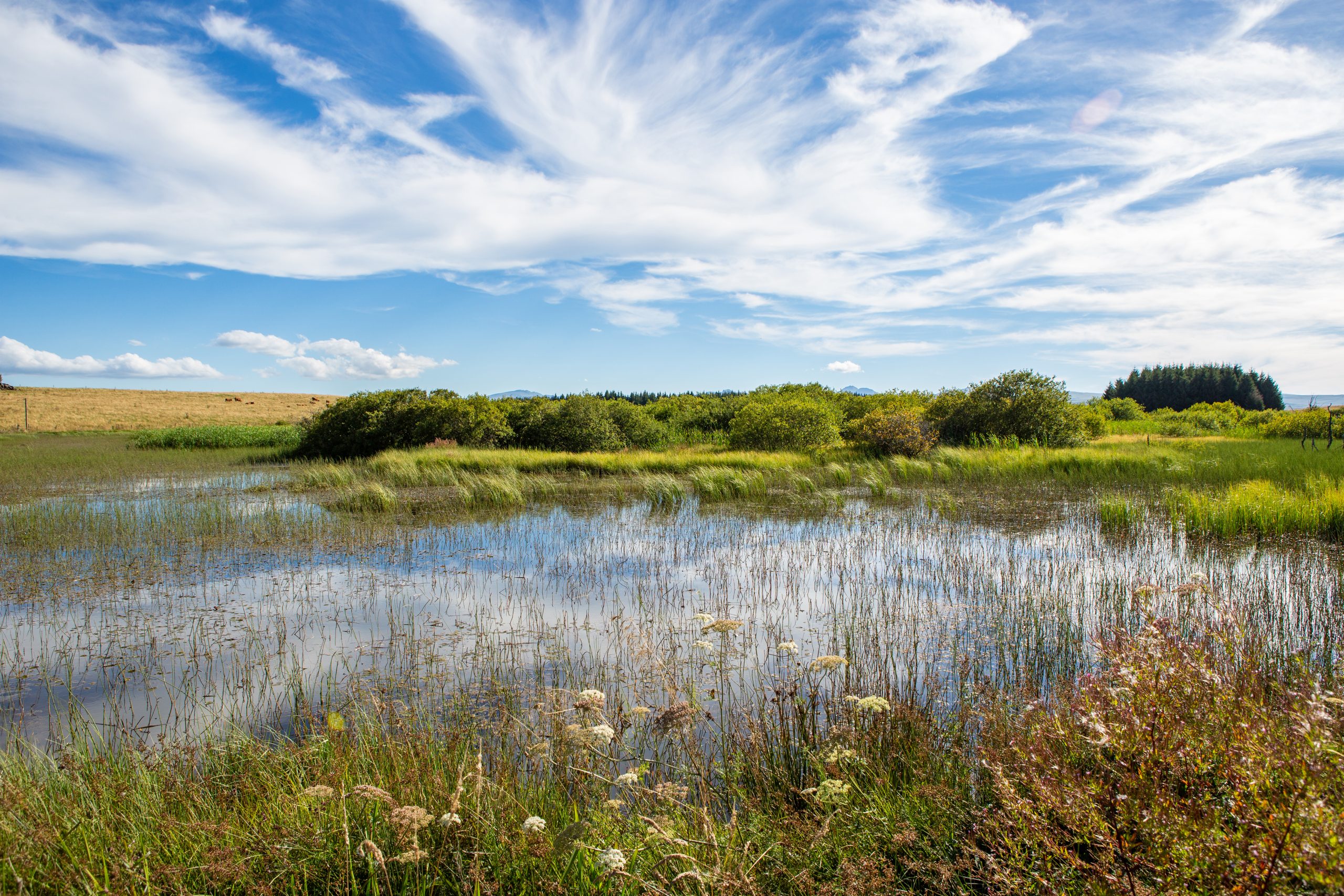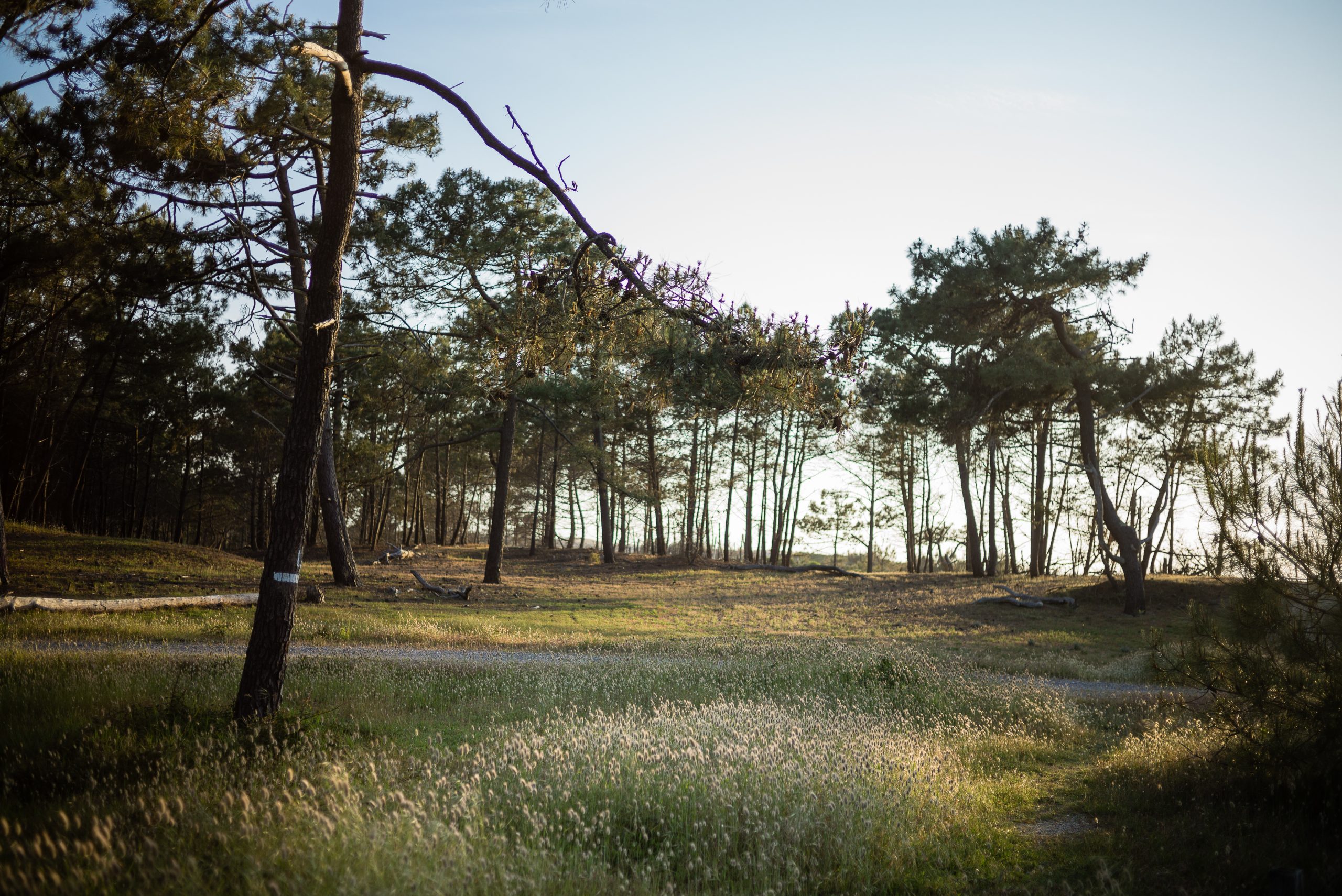
Nouvelle-Aquitaine
France’s largest region, a rich and diverse territory
The Nouvelle-Aquitaine region covers an area of 84,100 km2 and contains 12 departements. It is France’s largest region and the 3rd most populous, with 6.01 million inhabitants. Among its many resources, the region already stands out thanks to its complementary industries (aviation, lasers, leather and luxury goods, eco-industries, agri-food, health, etc.) as well as its 900 km of coastline (including lakes and ponds), extensive cultural heritage, numerous UNESCO World Heritage sites and remarkable natural sites.
The Regional Council has a wide range of responsibilities in this region, particularly in the areas of economy/employment, youth, regional transport, development planning and the energy and ecological transition.
Facts & figures
Unique natural heritage
• 5 regional nature parks and 2 parks in the process of being created, the Pyrenees national park, 2 marine nature parks
• 74,000 km of waterways, i.e. 17% of the total length of France’s waterways
• 270,000 ha of wetlands, including the Marais Poitevin, the 2nd largest wetland in France, 30,000 ha of which out of a total of 100,000 ha are in Nouvelle-Aquitaine.
• 11,700 animal species
• 89 natural habitats of Community interest
• 235 Natura 2000 sites
• More than 900 km of coastline
France’s leading region for agriculture and forestry
• The most extensively wooded region in France: 2.8 million hectares of forest (1/3 of the region)
• 76,409 farms (2016)
• Europe’s No. 1 agricultural production area in terms of value
• No. 1 region for livestock farming (beef cattle, goats, sheep)
• Europe’s 3rd most productive wine-growing region
• France’s No. 1 region for fruit and vegetables and arable crops (corn, sunflower)
• French region with the 2nd greatest surface area devoted to organic farming
• A leading agricultural sector for official signs of quality and origin: 218 signs (PDO, PGI, Label Rouge…)
The potential of an exceptional coastline
• A leading region for the boardsports industry
• No. 1 oyster field in France
• 3 major seaports: La Rochelle, Bordeaux, Bayonne
Innovation, a lever for employment
• France’s No. 1 region (excluding Ile-de-France) for investment in research and innovation
• 3rd largest economy of all France’s regions, with a GDP of €160 billion (2014)
• 11 competitiveness clusters
• Industries of excellence: aviation, digital technology, advanced materials, blue growth, wood and paper, food processing and agriculture, green chemistry and eco-processes, photonics, health, tourism, silver economy, leather, luxury goods, textiles, and arts and crafts
Education and training, priorities for young people
• 296 secondary schools: 230,000 pupils
• 6 university associations, nearly 120 higher education institutions, over 208,000 students
• Centres of excellence for training: aviation, food trade, leather and luxury goods, etc.
Top destination for French tourists
• Over 32 million tourists, 175 million overnight stays
• 14 Unesco sites
• 4,200 km of cycle routes
• A complete package: coastline, surfing, mountain and winter sports, fishing, prehistory, golf, thermal baths, hiking, etc.
Transport, the challenges of mobility
• LGV high-speed railway: Paris-Bordeaux in 2h04
• Regional express trains: 60,000 users travelling daily on 3,500 km of track
• School transport: 215,000 pupils transported every day on 6,500 school routes with 4,000 buses
• Intercity transport: 240 regular routes
Regional Involvement and Embracing Nature-Based Solutions
As it is committed to the energy and ecological transition, the Nouvelle-Aquitaine Regional Council has stepped up its activities since 2019 by adopting the Neo Terra roadmap, an action plan that utilises all its skills and involves the region’s stakeholders.
Having been updated and strengthened in November 2023, this roadmap commits Nouvelle Aquitaine to active ecological planning, placing environmental transitions at the heart of public policy. Neo Terra has six key ambitions:
• Replenishing natural resources for the future
• Feeding ourselves: accelerating agro-ecological and food transitions
• Innovating for a responsible and sustainable economy
• Travelling and living in areas adapted to climate change
• Preventing and treating: a unified approach to ecosystem health
• An exemplary administration
Regarding these challenges, nature-based solutions have a crucial role to play, as they stand at the crossroads where the inseparable issues of technological innovation, biomimicry, the fight against climate change, adaptation to climate change, and the preservation and restoration of biodiversity all meet.
![Pyrénées_3_-_(c)_Chloe_Gabaix-Hiale.png[1]](https://nbracer.eu/wp-content/uploads/2023/12/Pyrenees_3_-_c_Chloe_Gabaix-Hiale.png1_-e1701961457476-300x203.jpg)











![EN_FundedbytheEU_RGB_WHITE[1]](https://nbracer.eu/wp-content/uploads/2023/11/EN_FundedbytheEU_RGB_WHITE1.png)
